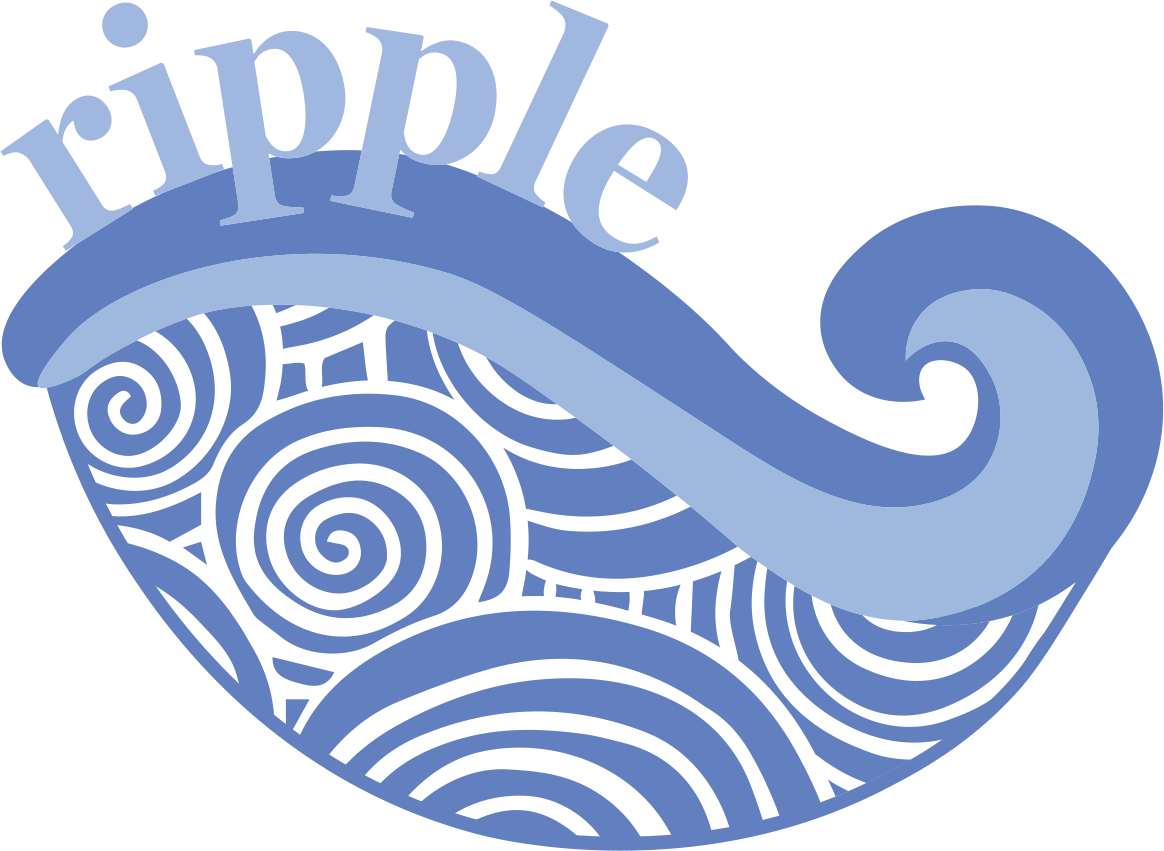COVID-19 Symptoms
People with COVID-19 may experience a wide range of mild to severe symptoms, including fever or chills, cough, shortness of breath or difficulty breathing, sore throat, congestion or runny nose, sudden loss of taste or smell, fatigue, muscle or body aches, headache, nausea or vomiting, and diarrhea. Those with a mild case will usually recover in one to two weeks....READ MORE
COVID-19 vs. Flu
Influenza (flu) and COVID-19 are contagious respiratory illnesses caused by viruses. Depending on the variant, COVID-19, caused by the SARS-CoV-2 virus, may be more easily spread than the flu and can cause more severe illness, including long-term symptoms. Compared to the flu, COVID-19 has a longer incubation period (time from when you’re first exposed to when you develop symptoms) and...READ MORE
Long COVID
Most people recover from COVID-19 after a few weeks. But sometimes people experience health problems long after they are first infected. These lasting symptoms are often called “long COVID.” Symptoms of long COVID can be mild to severe and can be debilitating. Diagnosis is based on medical history, including a positive COVID-19 test or symptoms/exposure, and a healthcare provider’s examination....READ MORE
Testing for COVID-19
The main kinds of tests for COVID-19 are antigen tests (rapid or at-home tests) and nucleic acid amplification tests (NAAT or PCR tests). Antigen tests look for specific viral proteins that indicate COVID infection. You can buy antigen tests in pharmacies or online. Test kits contain everything you need to collect a sample from your nose or mouth and to...READ MORE
COVID-19 Treatment
The FDA has authorized several antiviral medications, including Paxlovid, to treat mild to moderate COVID-19 in people who are more likely to get very sick. These medications work by reducing the ability of the COVID-19 virus to multiply in the body. Antiviral medications must be started within 5-7 days of when a person first experiences symptoms. If you think you...READ MORE
When to Seek Emergency Care
Severe symptoms signs for COVID-19 and other respiratory illnesses (such as flu or RSV) include: A person with any of these severe symptoms needs care right away. Call 911, or call ahead to your local emergency facility to let them know that you are seeking care for someone who may have COVID-19. Call a provider for any other symptoms that...READ MORE
COVID-19 Self-Care
Self-care for a person with COVID-19 includes getting plenty of rest and preventing dehydration by drinking plenty of fluids. Over-the-counter medications can help reduce symptoms such as fever, sore throat, and body aches. Contact your provider for more instructions. People who have tested positive for COVID-19 should stay home if possible and wear a mask around others. If medical care...READ MORE
Locating Reputable Data on COVID-19
There are many places to find reputable data about COVID-19. Three of the best sources are the Centers for Disease Control and Prevention (CDC), the Alaska Department of Health, and the World Health Organization (WHO)....READ MORE
Stopping the Spread of COVID-19: What You Can Do
COVID-19 is an airborne illness. It is spread when we breathe, talk, cough, or sneeze. Steps to avoid spreading COVID-19 include: The best way to reduce your chances of getting COVID-19 is by staying up to date with vaccines. Other steps include washing your hands well and often, wearing a high- quality mask, opening windows, and keeping at least 3...READ MORE
Alaska-Specific Information About COVID-19 Infection and Hospitalization Rates
COVID-19 infection, hospitalization, and death rates are less actively tracked now than they were early in the pandemic. Much of the available data is from 2023 or earlier. The increase of at-home testing (as opposed to in-clinic testing) has also made it harder to track infection rates. As of March 2023, the overall case rate for Alaska was 68.1 resident cases...READ MORE
All Categories
- About Vaccines12
- Alaska Native & American Indian Peoples and COVID-192
- Alaska Native & American Indian Peoples and COVID-19 Vaccines15
- COVID-1914
- COVID-19 and Vaccinations Specifically in Alaska Native and American Indian Communities17
- COVID-19 Epidemiology3
- COVID-19 Vaccines6
- Herd Immunity1
- How is COVID-19 Transmitted?1
- How Vaccines are Developed2
- How Vaccines Work2
- Making Decisions About Vaccines10
- Parents2
- Safety & Side Effects4
- Seasonal Flu Vaccine1
- Talking with Others about Vaccines3
- Types of Vaccines6
- Vaccine Confidence3
- Vaccine Hesitancy3
- Vaccine Myths2
- What is COVID-19?10
Tags
- Access/
- Alaska Native / American Indian (ANAI)/
- Alaska Native languages/
- Allergy/
- Anxiety/
- Boosters/
- Breakthrough Infections/
- Breast Feeding/
- CDC/
- Children/
- Communities/
- Community/
- Conspiracy Theory/
- COVID-19 Vaccines/
- COVID-19 virus/
- Data/
- Deaths/
- Effectiveness/
- Elders/
- Epidemiology/
- Families/
- FDA/
- Federal Government/
- Fertility/
- Flu Vaccines/
- Hesitancy/
- Immune Compromised/
- Influenza (flu)/
- Ingredients/
- Long COVID/
- Masking/
- Misinformation/
- mRNA/
- NIH/
- Parents/
- Past Pandemics/
- Pregnancy/
- Prevention/
- Reinfection/
- Rural Communities/
- Safety/
- Severity/
- Side Effects/
- Social Media/
- Spread/
- State Government/
- Symptoms/
- Testing/
- Treatment/
- Tribal Health/
- Trust/
- Vaccination Rates/
- Vaccine Development/
- Vaccines/
- Veterans/
- WHO/
- Youth/
